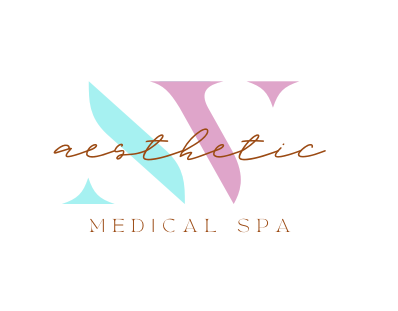Enhancing Aesthetics and Confidence: The Art of Rhinoplasty
Introduction
In the realm of cosmetic surgery, rhinoplasty stands out as a transformative procedure that not only reshapes the nose but also has the power to boost an individual’s self-esteem and confidence. Often referred to as a “nose job,” rhinoplasty has evolved from its early days as a corrective medical procedure to an artistic endeavor that harmonizes facial features and enhances natural beauty. In this article, we delve into the world of rhinoplasty, exploring its history, the different types, the surgical process, and the psychological impact it can have on patients.
A Brief History
The roots of rhinoplasty trace back to ancient civilizations such as India and Egypt, where the procedure was performed primarily for reconstructive purposes, such as repairing injuries or congenital deformities. Over the centuries, rhinoplasty gradually evolved, blending science and aesthetics. In the 20th century, it gained prominence as a cosmetic procedure that could address both functional and aesthetic concerns, transforming not just the appearance of the nose but also the lives of countless individuals.
Types of Rhinoplasty
Rhinoplasty has diversified into several categories, each tailored to address specific concerns:
- Cosmetic Rhinoplasty: This type focuses solely on improving the aesthetic appearance of the nose. It involves altering the size, shape, and proportions of the nose to achieve a balanced and harmonious facial profile.
- Functional Rhinoplasty: Beyond aesthetics, functional rhinoplasty aims to correct issues such as breathing difficulties caused by structural abnormalities within the nose. It blends medical necessity with cosmetic enhancement.
- Revision Rhinoplasty: Occasionally, individuals may require a secondary rhinoplasty to correct unsatisfactory results from a previous procedure. Revision rhinoplasty demands a higher level of expertise due to altered nasal anatomy.
The Surgical Process
The artistry of rhinoplasty lies in its precision and individualization. The process typically involves the following steps:
- Consultation: The surgeon conducts an in-depth consultation with the patient to understand their goals, expectations, and medical history. This phase is crucial for setting realistic expectations and tailoring the procedure to the patient’s unique features.
- Surgery: Rhinoplasty can be performed using an open or closed technique. In the open approach, a small incision is made along the columella (the tissue between the nostrils), allowing the surgeon greater visibility and access to the nasal structures. The closed approach involves incisions made within the nostrils. Through these incisions, the surgeon can reshape bone, cartilage, and tissue as needed.
- Recovery: Following surgery, patients typically experience swelling and bruising around the nose and eyes. Recovery times vary, but patients are usually advised to avoid strenuous activity and to take precautions to protect their nose from accidental bumps.
Psychological Impact
The transformation achieved through rhinoplasty extends beyond the physical. Many patients report increased self-confidence and improved self-image after the procedure. Addressing perceived facial imperfections can alleviate emotional distress and empower individuals to engage more fully in social and professional spheres.
Conclusion
Rhinoplasty is not just a surgical procedure; it’s an art that combines medical expertise with aesthetic sensibilities. From its historical roots in reconstructive surgery to its modern incarnation as a transformative cosmetic procedure, rhinoplasty continues to reshape lives, both physically and emotionally. As individuals increasingly seek personalized enhancements, the art of rhinoplasty stands as a testament to the intersection of science, art, and self-discovery.



